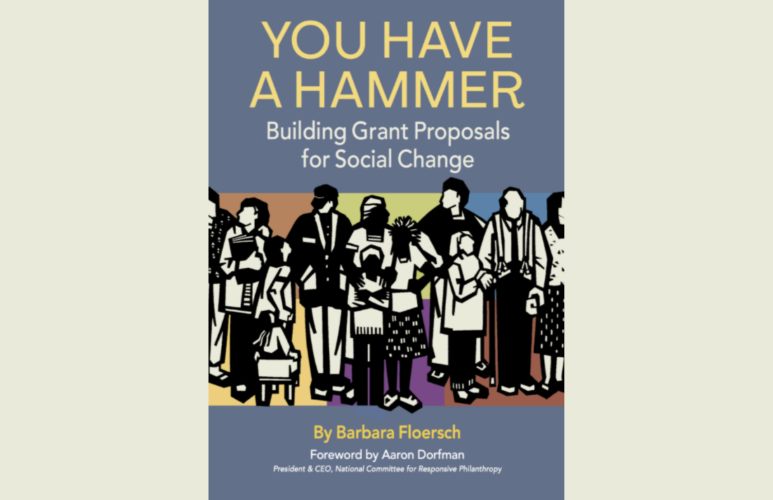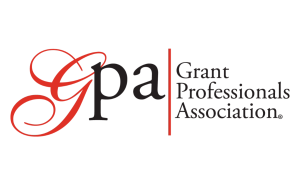Federal guidelines include review criteria, and proposal writers organize grant applications into sections reflecting those criteria. While the criteria are critical, they’re likely to comprise only five pages of a 65-page instruction document. The other 60 pages include background information, philosophy, references to statutes, and definitions that must also be addressed.
“To be successful, you’ve got to sift and sort all of the additional information into categories and address it within the relevant review criteria section,” said Barbara Floersch, a grants expert and author of the new book You Have a Hammer: Building Grant Proposals for Social Change. “It’s a game of details. The job of the review team is to score proposals on how responsive they are to the application guidelines — all 65 or more pages of them,” she said.
“The review process for federal proposals is somewhat like a game of Gotcha!,” said Floersch. “After toiling through a couple of 85-page proposals, reviewers learn to look for the requirements and only the requirements. Did the applicant include this or that detail? If yes, move on. If no, deduct a point or two from the score. Gotcha!”
Even when must-have information is included within the relevant section, so much detail is squeezed into the narrative that tired reviewers can easily read past a critical point. “It’s common for reviewer comments to note omission of a must-have item, when in fact the item is there.” said Floersch.
To address this problem, Floersch recommends using what she calls LOUD formatting. LOUD formatting uses a major heading for each of the review criteria, a sub-heading for every item within each of the criteria, and sub-sub-headings for must-have items from other areas of the instructions that fall within each of the criteria.
“Your job is to make sure every must-have item is adequately addressed and to make sure a tired reviewer can’t miss it,” said Floersch. “LOUD formatting does not result in an elegant document, but that’s not your goal. Your goal is thoroughness and clarity, and using in-your-face formatting will help to ensure you don’t lose even one point unnecessarily.”
Even if a community’s need for a program is great and the program design is innovative and promising, you won’t win a federal grant award unless the reviewers can check-off all the required boxes. Hammer out a detailed, hard-hitting response to federal application guidelines and fortify your chances for a win with LOUD formatting.









